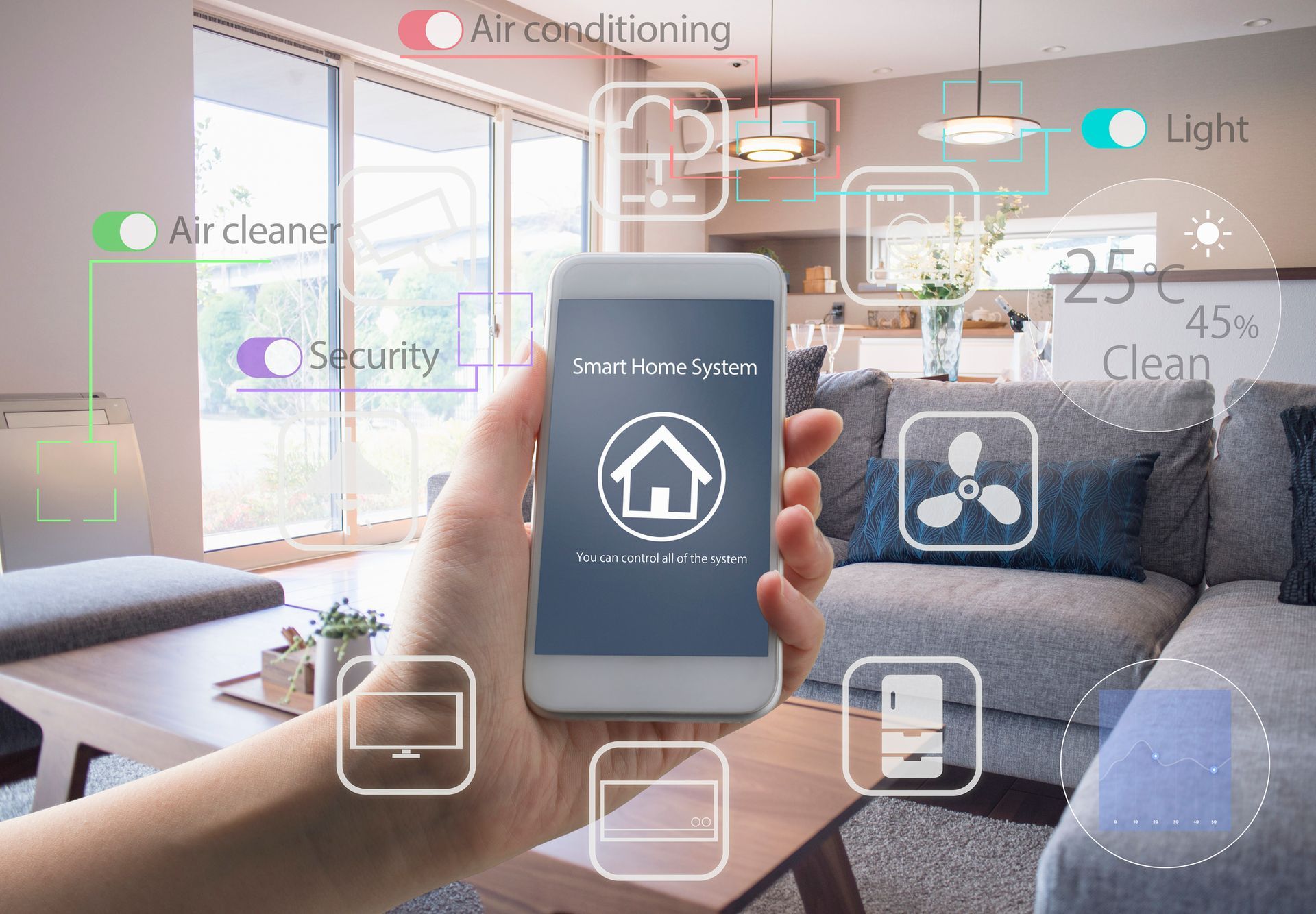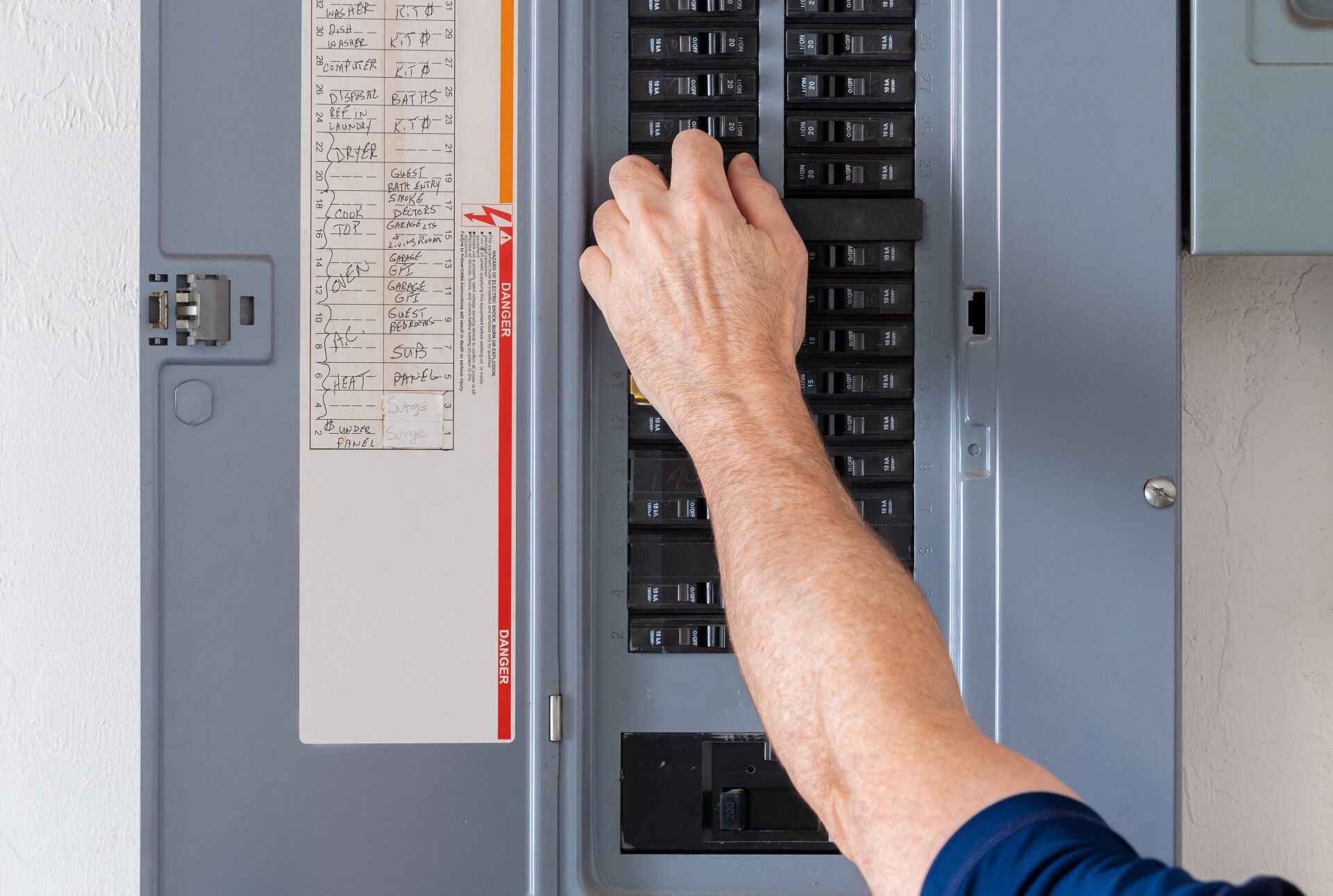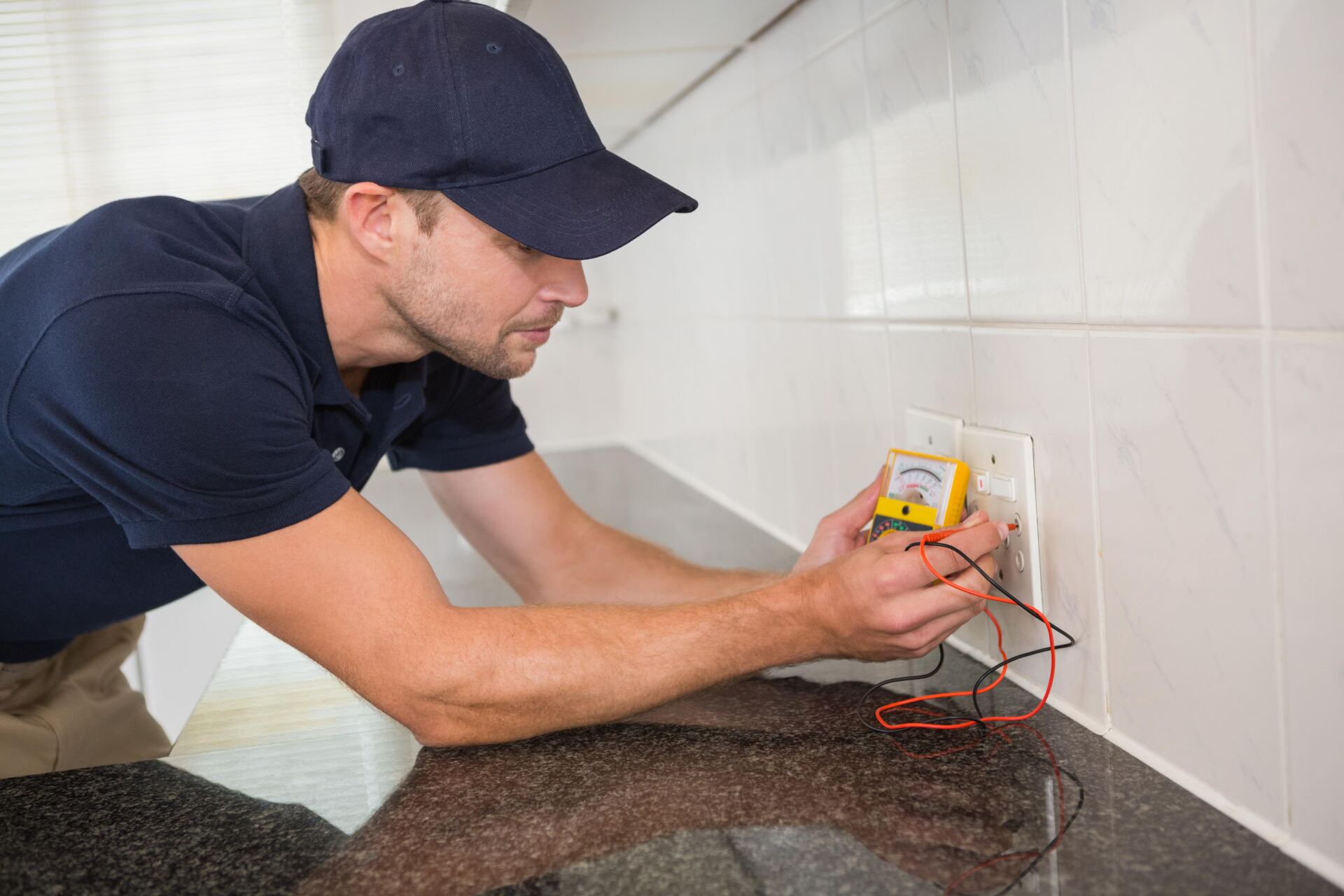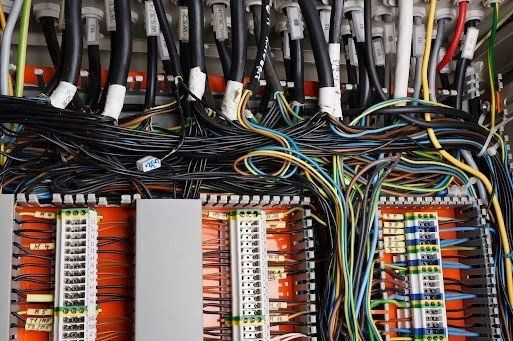Blog Layout
6 Most Common Electrical Problems Around the Home
Admin • June 22, 2021

Electricity for a home is no longer a matter of convenience but necessity. Electricity is essential for home appliance operations and safety as well. Despite the utility that electricity yields, it also can bring about electrical issues at home. Discover a few of the most common home electrical issues to look out for.
1. Voltage Sags
Power sags and dips are intermittent drops in voltage that last only one second. Plant equipment failure or natural events such as lightning may cause voltage sags. Sags and dips are visible when your lighting fixtures dim and get bright again without going off entirely.
Voltage sags are commonly known as brownouts. Voltage sag on the power grid can affect a 100 mile radius
from a power facility. Voltage sags are not dangerous and mostly get fixed from the plant. Persistent brownouts, however, are dangerous. When they last too long, they may cause malfunctioning digital equipment.
2. Power Surges
High-voltage disruptions in the flow of electricity are usually the cause of power surges. Power surges may also occur due to improper house wiring, electrical faults, or damage to the power lines.
Surges are common and often last for a split second. Frequent surges, however, can damage any electronic device connected and reduce its lifespan.
Whenever you notice power surges, disconnect the electrical devices from the outlet. If the surges continue, get an electrician to check on the electrical connection.
3. Electrical Shocks
An electric shock is an unpleasant experience that can cause injury. Electric shocks are split-second static shocks that remind us that electricity is dangerous.
An electric shock happens for many reasons. Poor insulation may be one of the causes of electric shock. Other reasons include ungrounded wiring, backstabbed wires, or faulty appliances.
Unfortunately, electric shocks are often unavoidable in a house with an old electrical system. To be sure of what exactly causes an electric shock, invite an electrician. Trying to fix the problem yourself is often very dangerous.
4. Tripping Circuit Breaker
A circuit breaker's purpose is to protect you and your home. A circuit breaker that keeps tripping shows you have a problem with the current circuit.
If too many energy-intensive items draw power from the same source, your breaker is likely to trip. A known safe hack is to reduce the number of devices that connect to a single power source. Alternatively, you can use lower power draw settings of your appliances. If neither helps, call a professional.
5. Frequent Bulb Burnouts
Your bulbs can burn out earlier than they should for many reasons. Bulbs may burn out due to high voltage, tightly fixed bulbs, improper air circulation, loose sockets or circuits, or excessive use.
Bulbs and other fixtures burn out to prevent a fire outbreak when electrical equipment overheat. If bulbs burn out too quickly in your home, call in a professional for a diagnosis.
6. Flickering Lights
Other than power surges, frayed wires may also cause lights to flicker around your home. Flickering lights are easy to overlook for most homeowners but can be hazardous for you and your family.
For example, intermittent contact of frayed wires could result in a sudden fire. If flickering lights are common in your home, upgrade your electrical wiring.
If you suspect or notice any electrical problems in your home, have a licensed electrician look over the issue quickly. Electrical problems can cause injury, and in some cases, they may be fatal. Contact us
today for all your electrical repairs and upgrades. We look forward to helping you have safe, high-performing, robust, and long-lasting electricity for you and your family's needs.
BROWSE OUR WEBSITE
Contact information
Salt Lake: 801-467-5479
Park City: 435-655-7215
Fax: 801-261-5580
Email: service@central-electric.com
Hours of operation:
- Mon - Sun
- Open 24 Hours
services
Residential
Home Automation
Commercial/Industrial
Telecom & Data
Engineering












Content, including images, displayed on this website is protected by copyright laws. Downloading, republication, retransmission or reproduction of content on this website is strictly prohibited. Terms of Use
| Privacy Policy











